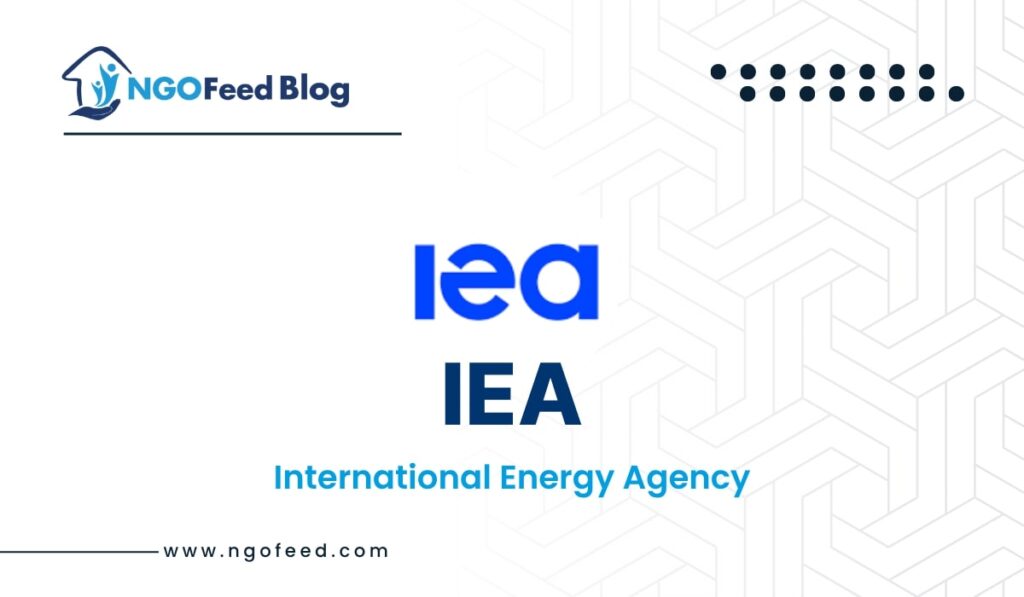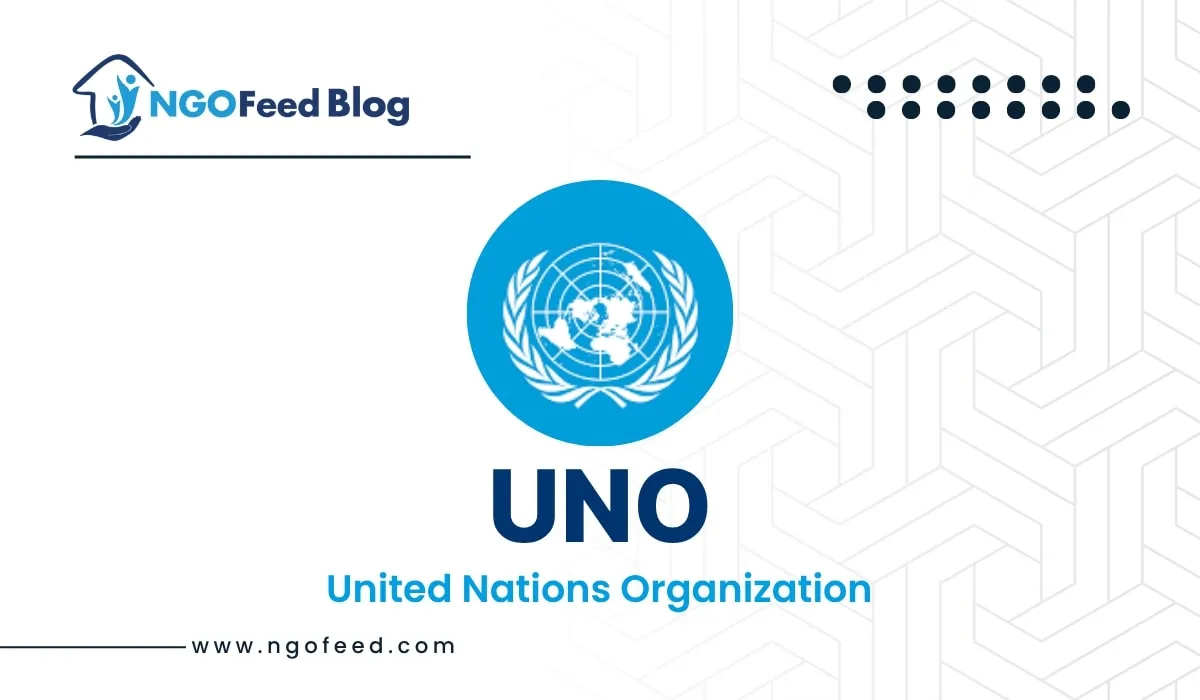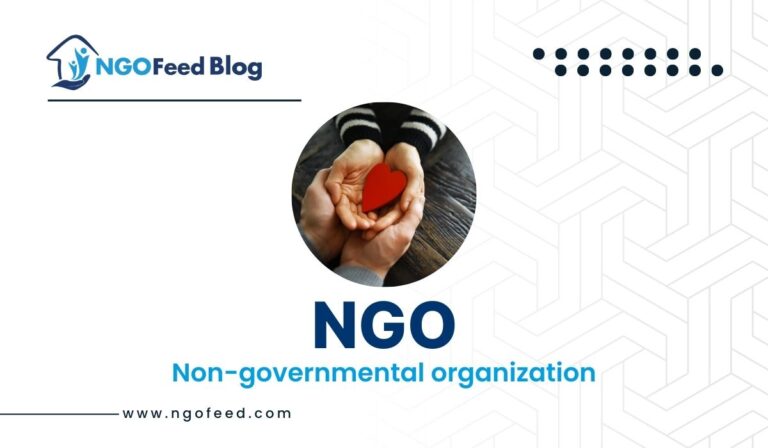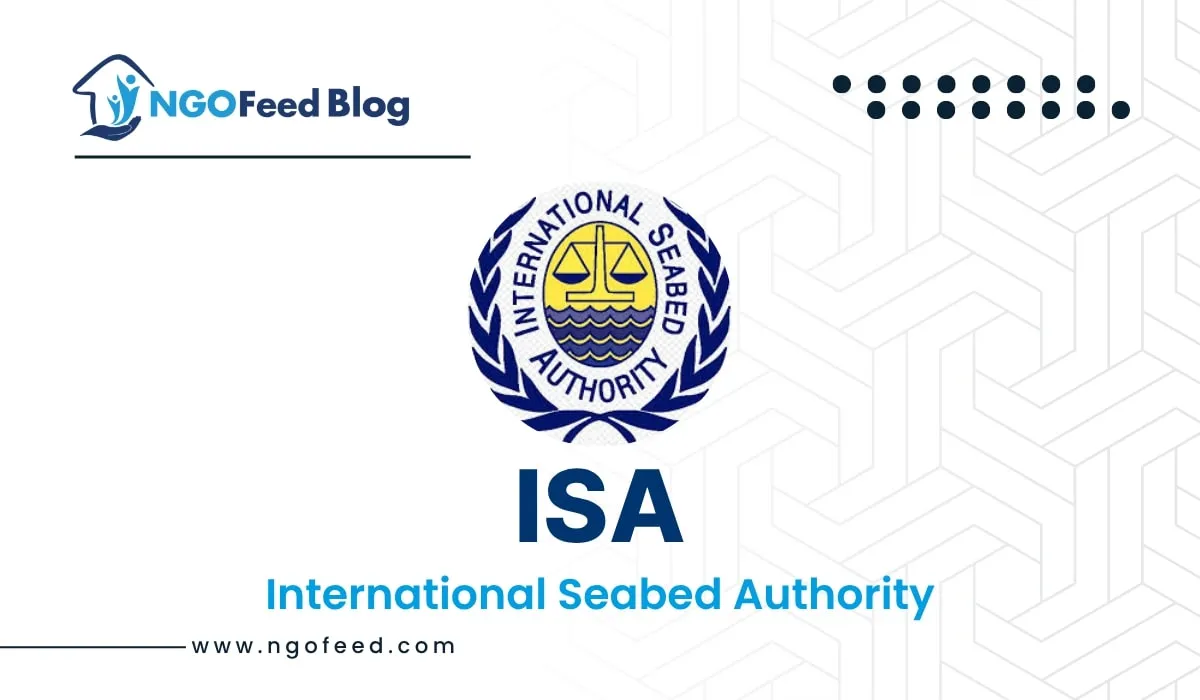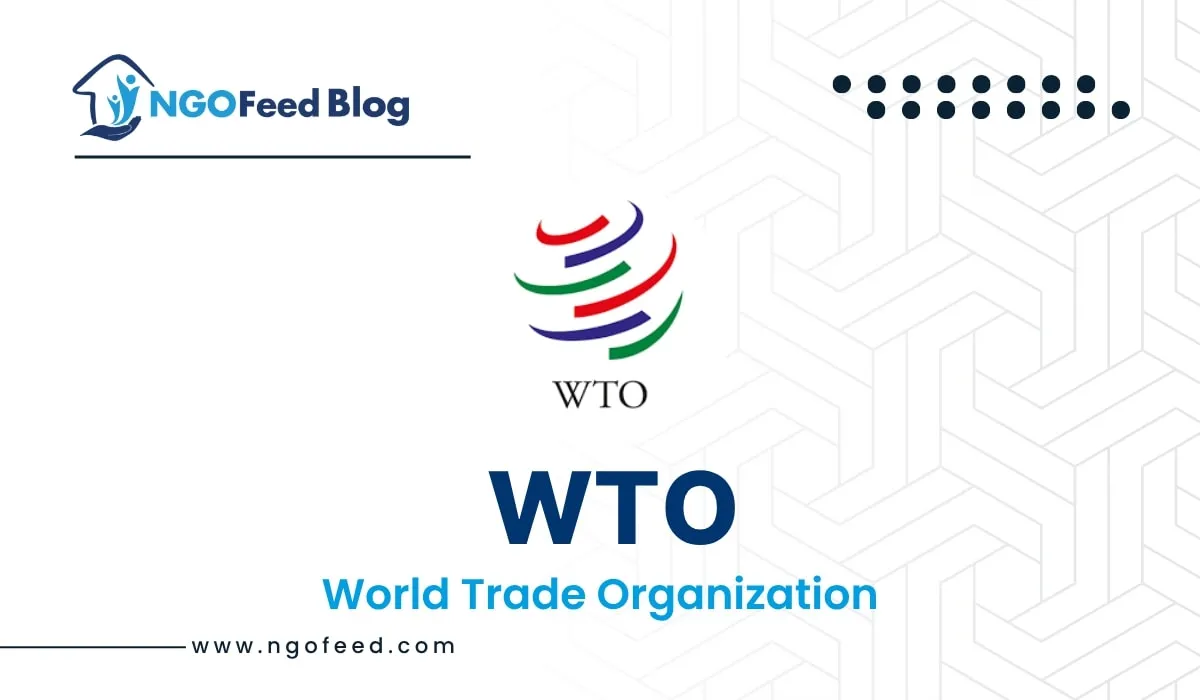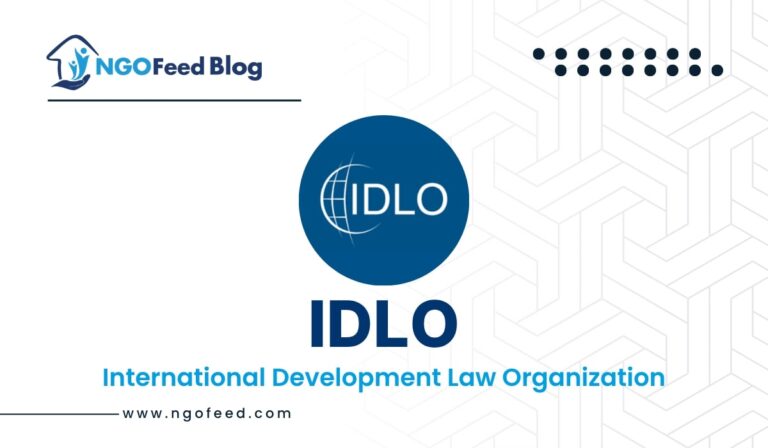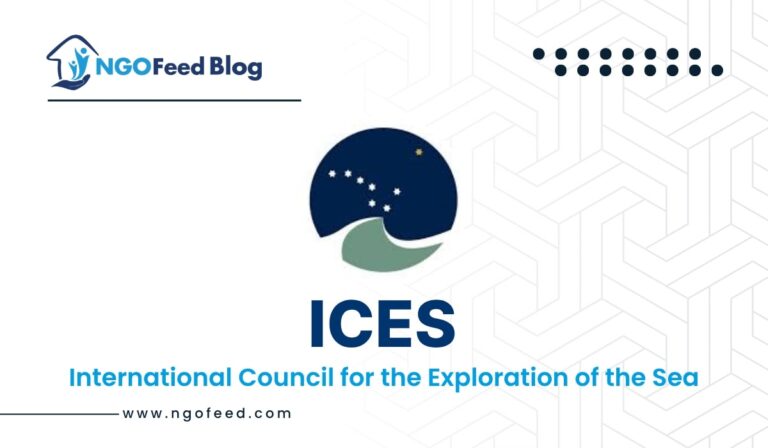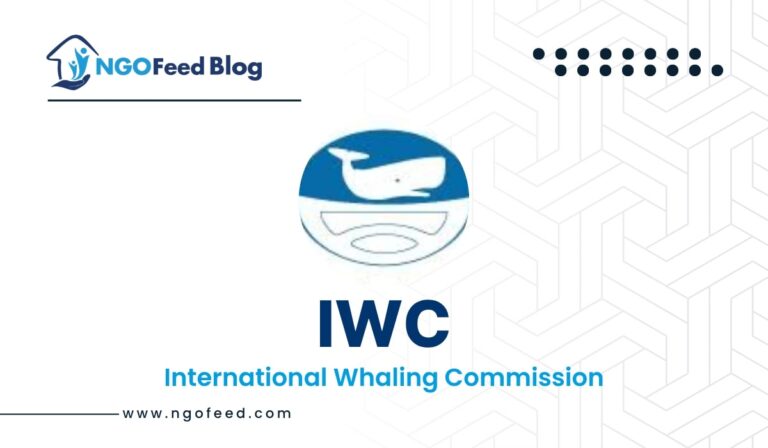After the 1973 oil crisis, the Organization for Economic Co-operation and Development (OECD) created the International Energy Agency which is the IEA Full Form, a Paris-based autonomous intergovernmental organisation. The IEA’s original mission was to respond to actual interruptions in the oil supply while also providing data on the global oil market and other energy-related industries.
In order to strengthen energy security and advance the clean energy transition globally, the IEA now serves as a policy adviser to its member states as well as significant rising countries including Argentina, Brazil, China, India, Indonesia, and South Africa. The Agency’s role has expanded to include focusing on providing analysis, statistics, policy suggestions, and solutions to assist nations in ensuring secure, affordable, and sustainable energy for all people.
Table of Contents
IEA History
In the wake of the 1973–1974 oil crisis, the IEA was founded to address the demands of the industrialised nations in terms of an energy organisation. Despite having mechanisms like the Council, Executive Committee, Oil Committee, and Energy Committee that might possibly deal with energy concerns, the Organisation for Economic Co-operation and Development (OECD) was unable to adequately address the situation. Although the OECD had enacted the Oil Apportionment Decision outlining the steps to be taken in the case of an emergency involving the oil supply in Europe, these steps were not taken during the crisis. Additionally, the OECD had endorsed suggestions for European oil storage, but due to their scope limitations, these actions could only play a limited part in an oil supply.
Overview IEA
| IEA Full Form | International Energy Agency |
| Headquarters | Paris, France |
| Formation | November 1974 |
| Managing Director | Fatih Birol |
| Method | Social science research |
| Website | www.iea.org |
| Official languages | English |
Structure of the IEA
Governing Board: The Governing Board is the main group in charge of making decisions for the company. Representatives from member countries meet three to four times a year. The Governing Board is in charge of running the organization and giving its approval to important choices about energy projects.
Ministerial Meetings: The IEA Ministerial Meeting brings together the energy ministers of member countries every two years. It is very important for this meeting to help set the overall direction for the IEA. Following these meetings, projects and ideas are brought to the attention of the Governing Board for consideration.
Also Read: International Rescue Committee Research on Refugee and Migrant Support in India
Standing Groups and Committees: Made up of leaders from member states, these groups meet several times a year. The IEA has many Standing Groups and Committees, and each one works in a different area. These areas include energy research and technology, long-term cooperation, emergency preparation, and many other important issues. These groups make it easier for individual countries to work together, share information, and come up with new policies.
IEA Member countries
The IEA only admits members who are also OECD members. Estonia became the IEA’s 29th member in 2014 after joining. The IEA mandates that its member nations keep enough oil on hand to cover their net imports for at least 90 days. Mexico became the IEA’s 30th member in 2018 after joining. The IEA welcomed Lithuania as its 31st member in 2022. In order to become a full member, Chile, Colombia, and Israel are all applying.
India became an associate member of the IEA in March 2017 following extensive deliberations with all the relevant ministries. This was a significant turning point for the administration of the global energy sector and the IEA’s progress toward becoming a truly global energy organisation closer to the major actors in the sector. Since that time, Indian delegations have taken an active part in IEA committee meetings, workshops, and other events. In order to communicate findings with the Indian energy communities and policy-makers, the IEA has launched significant publications in New Delhi.
Also Read: The Role of Greenpeace India in Environmental Research and Advocacy
Criticism
- The IEA has come under fire for consistently underestimating the contribution of renewable energy sources, including photovoltaics and their cost reductions, to the development of future energy systems.
- Environmental organisations have previously accused the IEA of downplaying the importance of renewable energy technology in favour of nuclear and fossil fuels. Guy Pearse claimed in 2009 that the IEA routinely undervalued the possibilities for alternative renewable energy sources.
- The IEA is accused of having an institutional bias in favour of conventional energy sources and of using “misleading data” to discredit the case for renewable energy sources like wind and solar, according to the Energy Watch Group (EWG), a coalition of scientists and politicians that examines official predictions made by the energy industry.
- The International Renewable Energy Agency was established on January 26, 2009, in response to complaints from the whole renewables industry about how the IEA was handling its role as a global energy watchdog. The agency is expected to have a starting annual budget of €25M by 2010 when it will be fully operational.
- Climate scientists and important financial institutions have also expressed concerns about the IEA’s Sustainable Development Scenario (the replacement for the 450 scenarios), and they have advocated for the 1.5 °C scenarios to be featured centrally in the World Energy Outlook. Two-thirds of IEA member states have pledged to achieve net-zero emissions by 2050 as of December 2019.
Conclusion
The International Energy Agency (IEA) is very important for helping countries find safe, cheap, and long-lasting energy options. Its main goal at first was to stop oil supplies, but now it gives advice on energy policies to both member and non-member countries. People have said bad things about the IEA’s approach to green energy, but it is still committed to solving the world’s energy problems. The International Energy Agency (IEA) is working to make sure that everyone has access to energy in the future while also reducing the damage that energy use does to the earth.
Also Read: UNDP India Research on Poverty Reduction and Climate Change Adaptation
Frequently Asked Questions (FAQs)
What is the IEA Full Form?
The IAE Full Form is International Energy Agency.
When is the IEA formed?
What is the role of IEA?
The Agency’s role has expanded to include focusing on providing analysis, statistics, policy suggestions, and solutions to assist nations in ensuring secure, affordable, and sustainable energy for all people.

